
The design philosophy of head of Audi design, Marc Lichte, finds expression in a production car for the first time—the new Audi A8. We visit the passionate sailor at his retreat to talk about the power of proportions and the tradition of innovation.
Bernd Zerelles (copy) & Andreas Lindlahr (photo)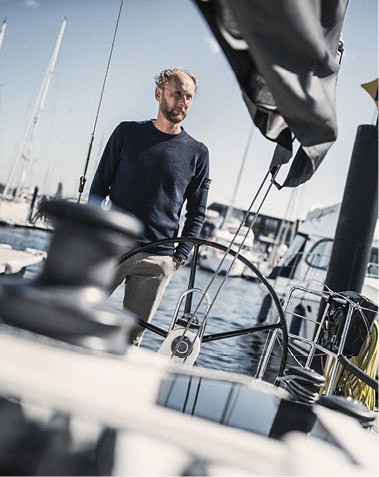
Trimmed for performance—the mast on Lichte’s yacht is made of carbon.
Progress and Timeless
The wind rips apart the flat cumulus clouds, sending them dancing across the azure sky. Twenty knots. Perfect sailing weather on the Baltic Sea. The setting: the port of a small community on the Bay of Kiel. This is where Marc Lichte, head of Audi design, keeps his boat. Yachting is his passion. He started out in a little Optimist dinghy at the age of six, then progressing through the Laser, cruising dinghy, quarter tonner, one-design class—the quintessential regatta career. Lichte notched up three wins at Kiel Week in his class and two second-place finishes in the German championships.
What’s more, sailing is his source of strength: “I’m the type of person who’s a permanent live wire. Everything inspires me: whatever I see or eat, whoever I talk to, wherever I travel. What’s most important for my creativity is freeing my mind. And I can do that here on the boat. It’s quiet, just the wind. The exact opposite of my everyday life.
”His boat’s stern bears the name “Heima,” which is Icelandic for “home.” The X-Yacht is sleek, swift and sporty, with lots of carbon (“That converts every gust of wind into speed”). What Lichte expects of his boat: “Its performance has to be perfect—and so do its looks. I consider the Xp 38 the perfect boat. It sails like a dream and has almost timeless lines. The lines are the most important thing on a yacht, the length and proportions—just like with the Audi A8.” And with that, the subject turns to the design of the new Audi A8, before Marc Lichte casts off into Kiel Bay.
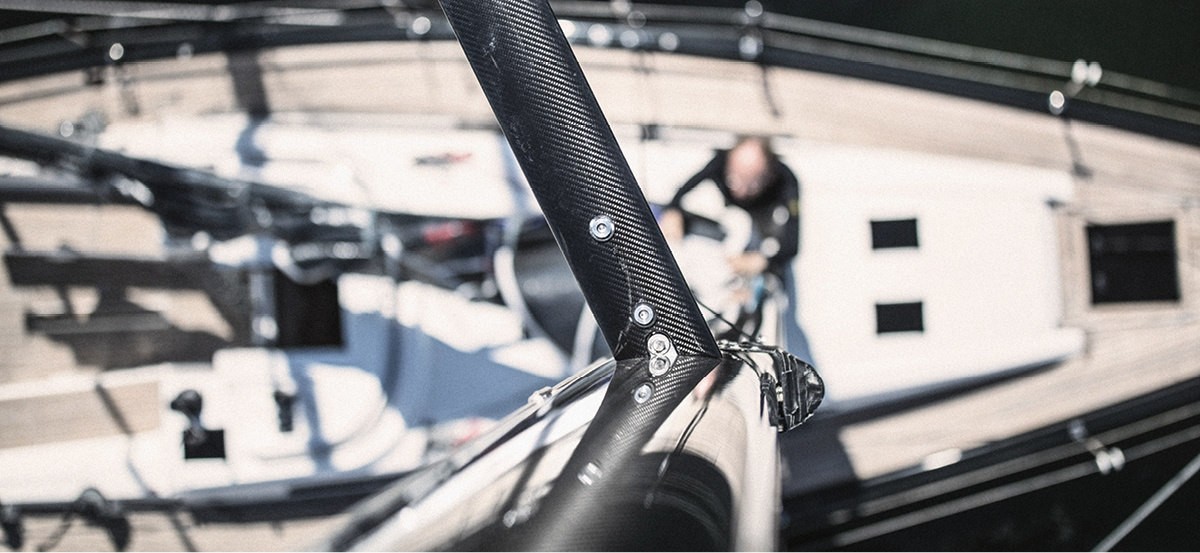
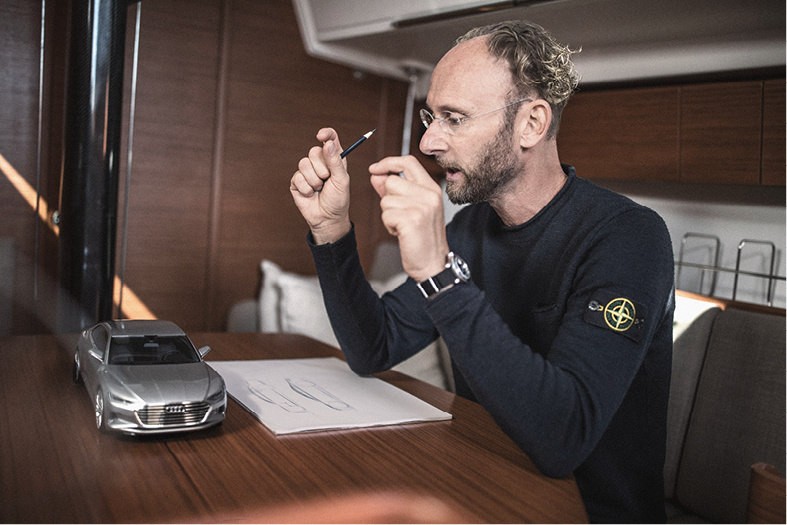
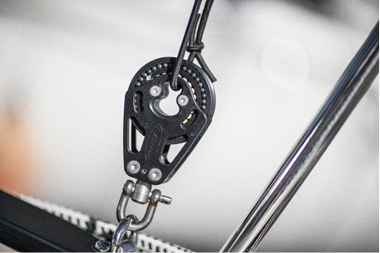

The Audi A8 is the first model in a new era of Audi design. An overarching design philosophy ensures that each model is unmistakably part of the brand. But in the future, each vehicle will have its very own unique product identity, giving it a distinctly individual character.
Mr. Lichte, the new Audi A8 is the first series-production model to bear your signature as head of Audi design.
Marc Lichte: Yes, which means the Audi A8 is ringing in a new design era at Audi based on a completely new design philosophy.
What is that design philosophy?
It rests on two key pillars. The first: Audi stands for Vorsprung durch Technik. The second is made up of three core values: progressiveness, sportiness and sophistication. Naturally, an Audi has to be sporty and sophisticated. But the most crucial aspect is progressiveness, because that sets us apart from the competition.
How so?
Nowhere in the premium-car segment has there been an evolution to compare with what has happened at Audi in the past 25 years. Audi has always taken its own, progressive paths. Take, for example, the quattro drive system. The competition mainly worked with rear wheel drive. But Audi pursued with quattro the more intelligent concept. Or the choice of materials: Our competitors mostly built their cars out of steel. But aluminum is so much lighter and makes so much more sense. So Audi makes car bodies out of aluminum.
How does progressiveness translate into design?
Proportions are the springboard to good design. And at Audi they are truly progressive. We are quattro. For me, quattro is so much more than a drive concept—quattro is a proportion that sets us apart from our competitors. In their cars, the passenger compartment more or less sits on top of the rear wheels because of the rear-wheel drive, whereas at Audi it nestles snugly between the axles. As a result, our vehicles are very muscular. The shoulder line is sunk low, connecting the wheels. We use this brawn to emphasize all four wheels. At the same time, the front section appears leaner and significantly more attractive.
How does this impact the silhouette of the Audi A8?
All of the body’s lines are highly stretched and horizontal—a bit like on the boat here. They accentuate the length of the vehicle. Most cars in the premium segment appear to have huge cabins. Generous amounts of space in the back are, after all, also what this category is all about. An extra 30 millimeters of roof height in the rear of the new Audi A8 is not really a positive for the proportions—but we’ve disguised that. The window graphics are very flat. Seen from a distance, the Audi A8 almost looks like a coupé. Then you get in and realize it is in fact bigger than any of its predecessors. You really are sitting pretty—certainly more comfortably. And that for me is another sign of progress.

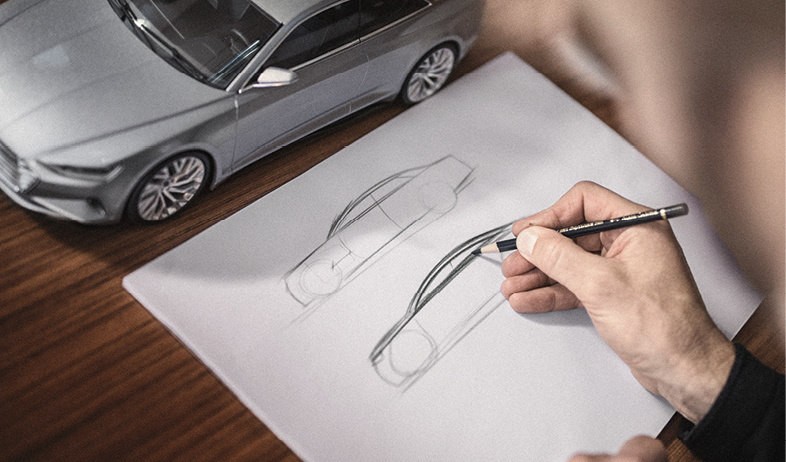
„quattro is so much more than a drive concept—quattro is the Audi proportion.“
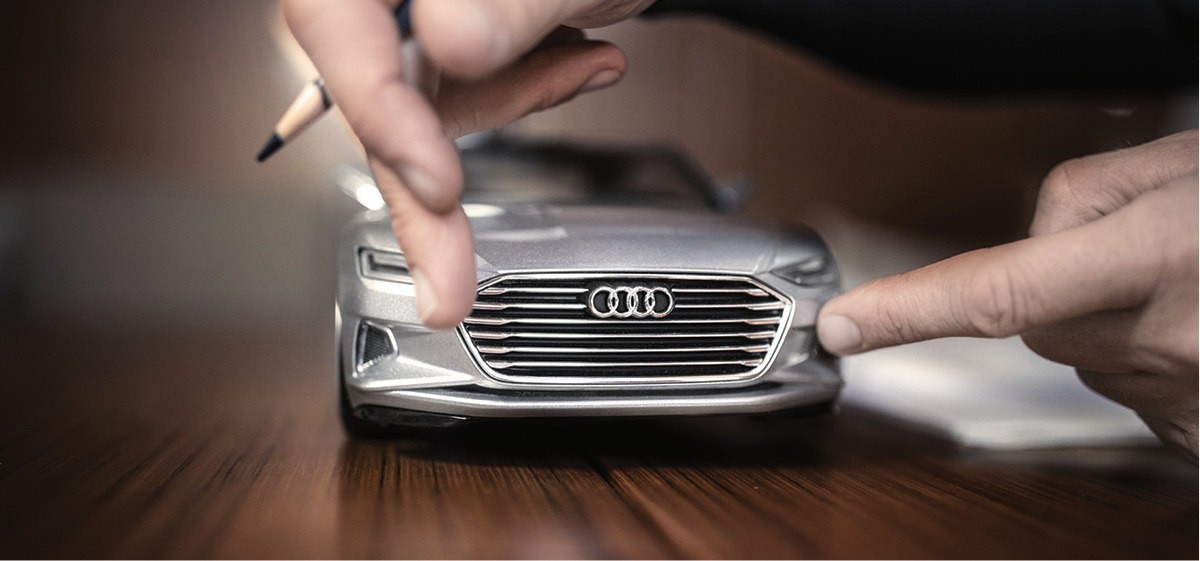
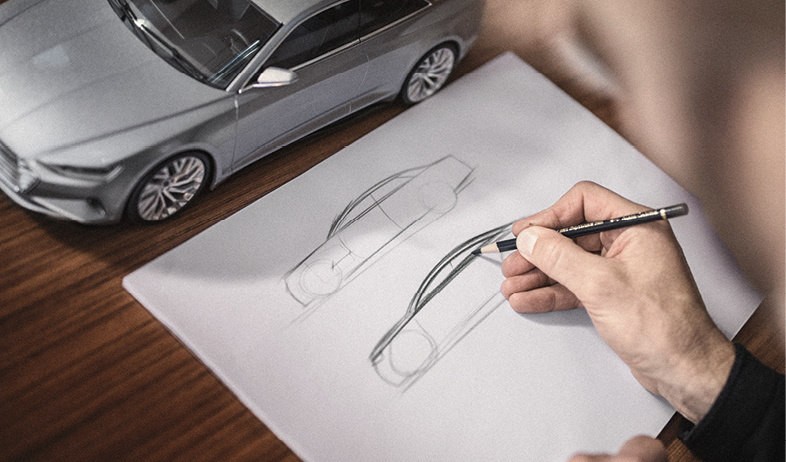
“I’m often asked in what era I would most like to have been a designer. My answer? Today. Because right now is the most exciting time. In the next 15 years, cars will change more than they have in the last 50. Electric motors, piloted driving and digitalization will herald previously unheard of concepts and designs at Audi.”

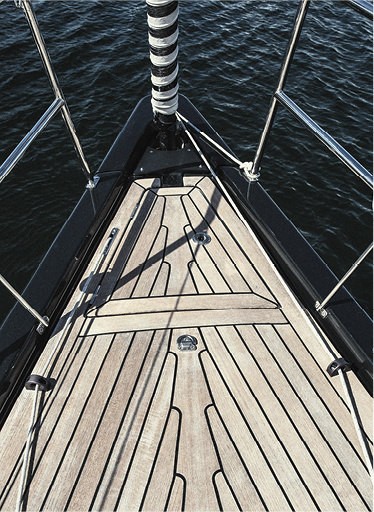
Lines define aesthetics—on a boat just as much as on a car.
The coupé silhouette has a long tradition at Audi.
Yes, the first-generation Audi TT is a tremendous source of inspiration for me. Those extremely slim A- and C-pillars as well as the flat roof arch are very radical. No car had ever had that before. The architecture was so striking and the whole design idiom a powerful homage to the Bauhaus philosophy. That car was so incredibly important for me.
The face of an Audi is still shaped by the Singleframe grille.
And that, too, is a highly progressive trait of the Audi A8. We have significantly broadened the Singleframe grille so that, head-on, the car looks much flatter and hence sportier. Despite that, it stands very upright and proud, sporting a lot more chrome than all other cars. We used the chrome to create very unconventional slats that are doubled over at the outer edges. It’s a fantastic detail. A lot of time and loving detail went into refining the radiator grille. After all, on a car of this kind, the face is actually the most important part. It ha s toinstantly read as a statement about status.
Should progressive design challenge the onlooker?
Is it innovative? Timeless? Good design is timeless. When I look at this Audi A8 in twenty years’ time, I still want to be able to say, that’s a beautiful car. Harmonious proportions and forms, stripped of any hint of frivolous or trendy elements; a design perfect down to the last detail—that, for me, is timelessly progressive.
And how is Vorsprung durch Technik expressed?
Naturally, we want our progressive technology to also be visible in the exterior design. A minor example is the light strip at the tail of the Audi A8. Only seven millimeters wide, it illuminates totally evenly. I don’t know of any other manufacturer who’s perfected that art. When the Audi A8 is locked or unlocked, the light spreads from a central point outward over its entire breadth. That’s not just progressive technology, it also looks amazing.

A highly stretched, unbroken, horizontal shoulder line spans the subtle muscularity of a coupé-like silhouette. The new Audi A8 marries generous luxury with progressive sportiness.